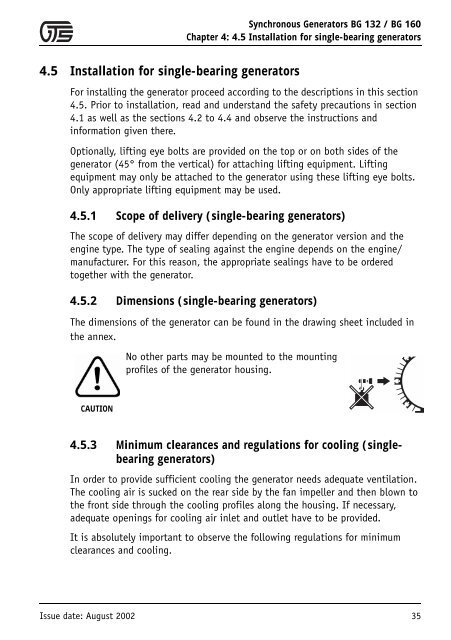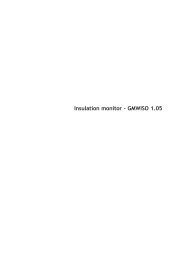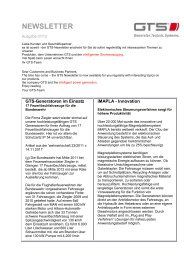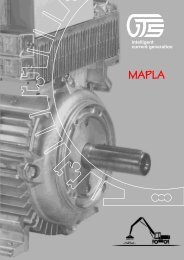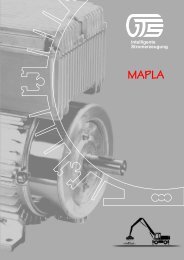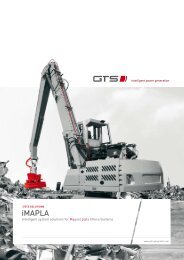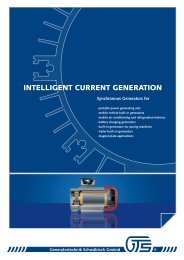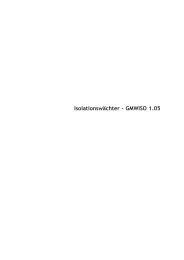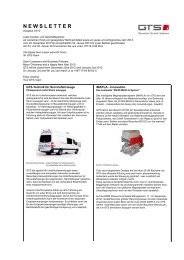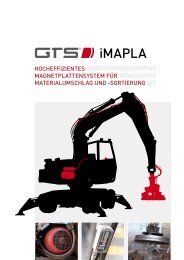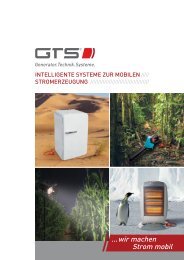Synchronous Generators BG 132 and BG 160
Synchronous Generators BG 132 and BG 160
Synchronous Generators BG 132 and BG 160
Create successful ePaper yourself
Turn your PDF publications into a flip-book with our unique Google optimized e-Paper software.
<strong>Synchronous</strong> <strong>Generators</strong> <strong>BG</strong> <strong>132</strong> / <strong>BG</strong> <strong>160</strong><br />
Chapter 4: 4.5 Installation for single-bearing generators<br />
4.5 Installation for single-bearing generators<br />
For installing the generator proceed according to the descriptions in this section<br />
4.5. Prior to installation, read <strong>and</strong> underst<strong>and</strong> the safety precautions in section<br />
4.1 as well as the sections 4.2 to 4.4 <strong>and</strong> observe the instructions <strong>and</strong><br />
information given there.<br />
Optionally, lifting eye bolts are provided on the top or on both sides of the<br />
generator (45° from the vertical) for attaching lifting equipment. Lifting<br />
equipment may only be attached to the generator using these lifting eye bolts.<br />
Only appropriate lifting equipment may be used.<br />
4.5.1 Scope of delivery (single-bearing generators)<br />
The scope of delivery may differ depending on the generator version <strong>and</strong> the<br />
engine type. The type of sealing against the engine depends on the engine/<br />
manufacturer. For this reason, the appropriate sealings have to be ordered<br />
together with the generator.<br />
4.5.2 Dimensions (single-bearing generators)<br />
The dimensions of the generator can be found in the drawing sheet included in<br />
the annex.<br />
No other parts may be mounted to the mounting<br />
profiles of the generator housing.<br />
CAUTION<br />
4.5.3 Minimum clearances <strong>and</strong> regulations for cooling (singlebearing<br />
generators)<br />
In order to provide sufficient cooling the generator needs adequate ventilation.<br />
The cooling air is sucked on the rear side by the fan impeller <strong>and</strong> then blown to<br />
the front side through the cooling profiles along the housing. If necessary,<br />
adequate openings for cooling air inlet <strong>and</strong> outlet have to be provided.<br />
It is absolutely important to observe the following regulations for minimum<br />
clearances <strong>and</strong> cooling.<br />
Issue date: August 2002 35


